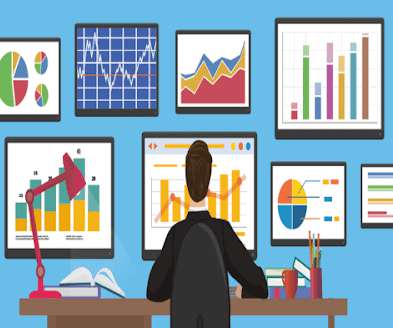Lifting The Gray Curtain
Supply Chain Shaman
SEPTEMBER 22, 2021
As Allyson presented her story of working for multiple consumer products companies, with very advanced technologies (demand sensing, advanced automation of forecasting, data lakes and descriptive analytics), she spoke of why at the end of the day, the most important technology that she uses is Excel. Using Analytics In the World of Gray.























Let's personalize your content